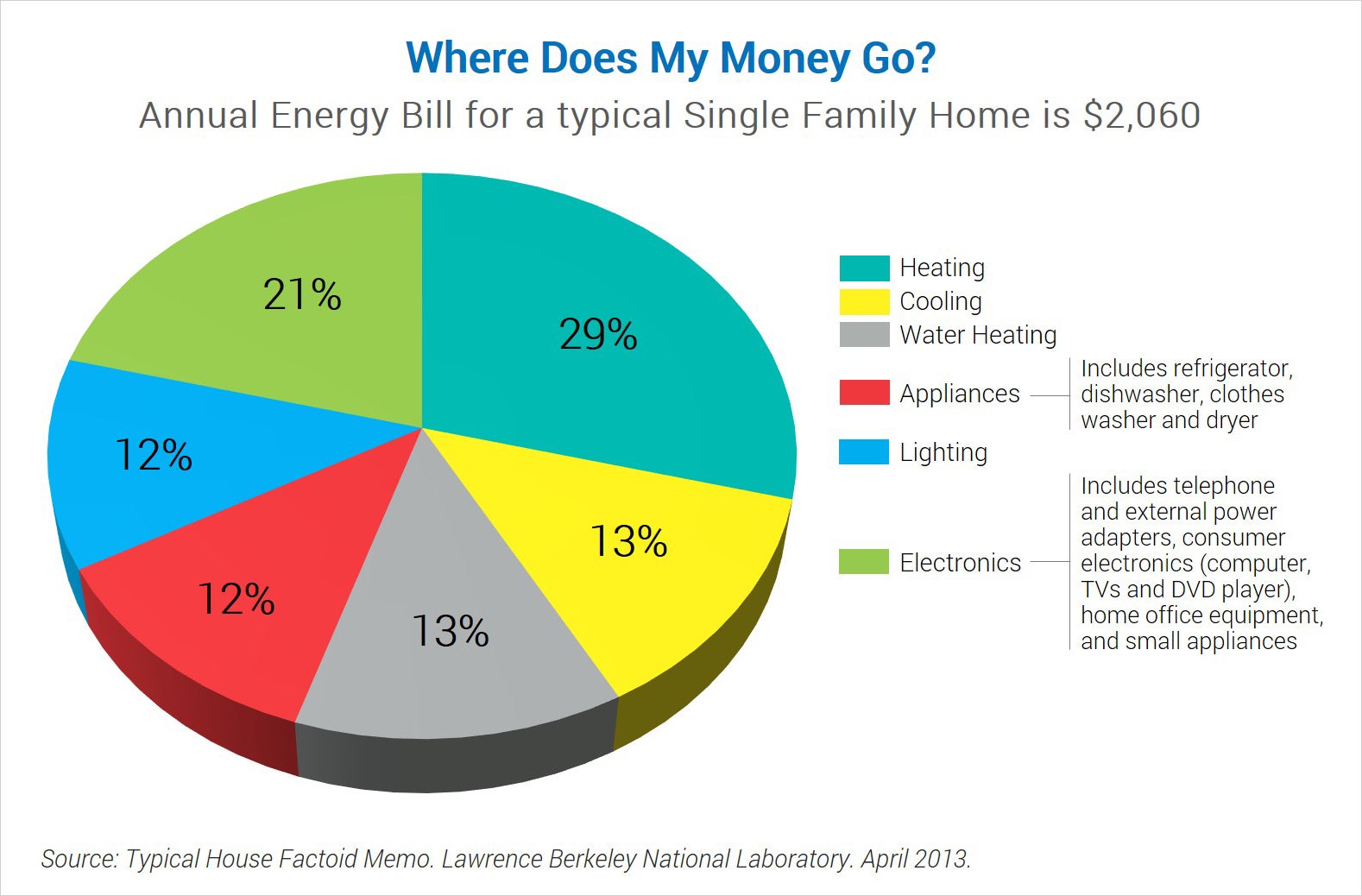

- #GOLDENCHEETAH AVERAGE POWER CHART HOW TO#
- #GOLDENCHEETAH AVERAGE POWER CHART FULL#
- #GOLDENCHEETAH AVERAGE POWER CHART SOFTWARE#
- #GOLDENCHEETAH AVERAGE POWER CHART PLUS#
It may be threshold pace or heart rate plus other stuff if you want to track it.
#GOLDENCHEETAH AVERAGE POWER CHART SOFTWARE#
SportTracks started as running software and added cycling and other activities later.īasically, you put in some details about yourself. Training Peaks/WKO+ and Golden Cheetah started out as cycling software then later added running and other activities. They are Training Peaks / WKO+, SportTracks and Golden Cheetah. The different software applications available have their own positives and negatives. The formulas are in a book called The Runner’s Edge by McGregor and Fitzgerald if you want to do your own spreadsheet. There are three main pieces of software you can use. The athlete sustained a hip flexor strain during a school athletics carnival not long afterwards. The excessive workload was due to a much higher than expected workload during AFL boundary umpiring the day after a cross country race. See the figure above where there is a red circle.
#GOLDENCHEETAH AVERAGE POWER CHART FULL#
If the fatigue (ATL) goes above 150% of the fitness (CTL), studies from 2015 showed that the athlete has a very strong possibility of becoming injured in the next 4 weeks! Similarly, if the athlete drops their ATL below 80% of the CTL, then goes back to full training, injury in the next 4 weeks is a big possibility. Once you get the hang of it you can put in estimates of your training load to see what will happen if you follow your training load, ie will you be over or under done come the big day. Apparently some people actually perform better with a slightly negative balance (TSS). So the trick is to get your fitness (CTL) high but have the balance (TSS) about zero or slightly positive. If you let your ATL get too far below your CTL, your balance goes right up, but at the expense of your fitness (CTL). If it is too low you are going to struggle in your training. You can see that as ATL gets further above the CTL the TSS (balance) gets very low. So the blue line is the CTL (fitness), the pink line is ATL (fatigue) the yellow line is the TSS or Training Stress balance which is the CTL – ATL. See the example WKO+ Performance Management Chart below you can get from downloading your watch files into software. But that is ok and required while you are building your fitness. If your ACL is higher than your CTL then you are in a state of fatigue. You compare your load for the last week, ACL (Acute training load – 7 days), which approximates your fatigue, against your fitness score. You track your long term load, CTL(chronic training load 4 – 6 weeks), which approximates you your fitness score.
#GOLDENCHEETAH AVERAGE POWER CHART HOW TO#
So I thought I might provide some information about how to do this. I wondered whether they were monitoring their workload or just the distance they accumulated. These results probably explain why b3 is a power which can be maintained for a long time but not beyond about l h in an average subject.A few club members have mentioned over the last few weeks about being flat. Nevertheless, slope b3 represents a workload corresponding to a slight but significant drift of heart rate or oxygen uptake. The workload that corresponded to a lactate steady state was not significantly different from b3 (68.8 +/- 6.0 vs 68.7 +/- 6.3% MAP). The second objective was to study the physiological significance of the critical power (slope b3) of whole-body work (cycling). Consequently, slope b3 should be considered as the critical power instead of slope b1 as in some studies in the literature (Moritani et al, 1981). Moreover, the exhaustion times at 60 and 73%,MAP were significantly correlated with slope b3 (expressed in %MAP) but not with slope b1. Exhaustion times corresponding to power outputs equivalent to b1 and b3 were equal to 29.0 +/- 19.1 min and 48.6 +/- 9.8 min respectively.

Slope b1 was significantly higher than slope b3 in 10 subjects who performed 5 cycling exhausting exercises (60, 73, 86, 100 and 120% of maximal aerobic power (MAP) in watts). The first objective of the present study was to compare the values of slopes b calculated from whole-body work of short duration, ie maximal and supra-maximal cycling exercises (slope b1), with the values calculated from the same work, the durations of which were between 3.5 and 35 min (slope b3), as in the protocols used by Scherrer and Monod (1960) for body-part work. The slope b in the equation is termed the critical power and has been proposed as an index of the capacity to perform work over a long period of time. The relationship between exhaustion time (t(lim)) and the work performed at the end of constant-power exercises can be described by a linear relationship (Wlim = a + b t(lim)) for work involving the whole body (eg cycling) or part of the body (eg knee extensions).


 0 kommentar(er)
0 kommentar(er)
